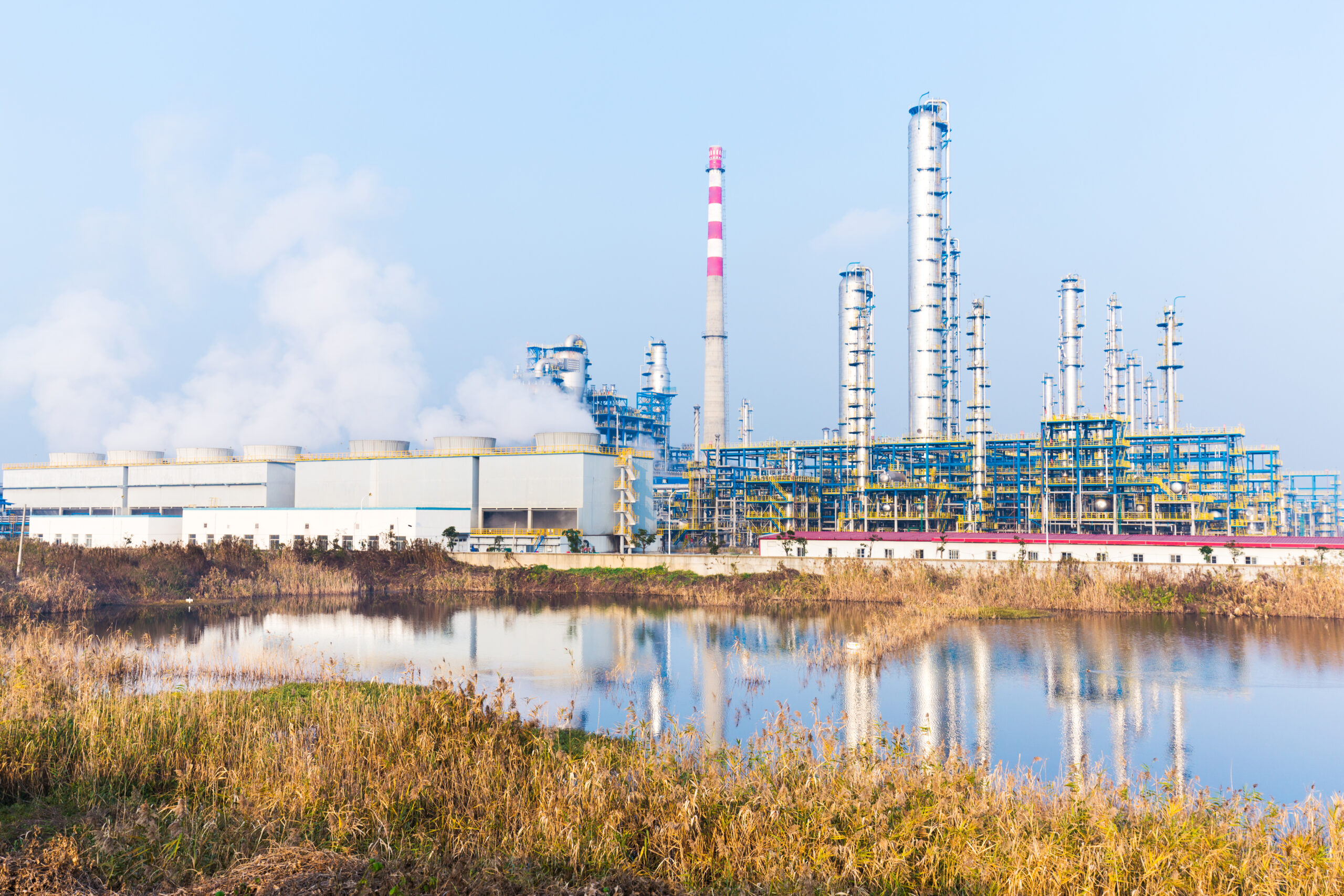
EPA Proposes Revisions To The NSR Applicability Regulations: Project Emissions Accounting (Step 1)
August 31, 2019
By: Pilar Johansson
EPA is proposing to revise the New Source Review (NSR) regulations in order to amend the process for evaluating NSR applicability for proposed projects. The proposed revisions will clarify that emissions increases, as well as emissions decreases, resulting from a given project are to be considered at Step 1 of the NSR applicability process. The proposed rule was published on August 9, 2019.
Background
NSR is a preconstruction permitting program established to ensure that the air does not significantly degrade in areas that meet the air quality standards (i.e. attainment areas) or that the air does not worsen in areas that do not meet the air quality standards (i.e. nonattainment areas). The NSR program applies to new major sources or existing major sources making a major modification.
Existing major sources planning a modification must follow a two-step applicability test to determine if the modification triggers NSR permitting. Under the first step, the facility must determine if a proposed project will result in an increase in emissions above the “significant emission rate” (SER) of a regulated NSR pollutant. This step is referred to as “project emissions accounting”. If the project’s emission increases do not exceed any of the SER thresholds, the project is not subject to the major NSR rules. However, if an emissions increase is considered significant in Step 1, the second step (Step 2) is used to determine if there is a “significant net emission increase” of that pollutant. This is calculated by netting increases and decreases from all projects within the past five-year “contemporaneous” period, including the project under consideration, and comparing this net value to the SER thresholds.
Previous Guidance vs. New Guidance
Previously, EPA’s interpretation of the Step 1 accounting indicated that emissions reductions associated with a proposed project should only be included in Step 2. On March 2018, EPA published a memorandum which indicated the EPA’s current rule interpretation would allow emissions decreases to be considered as part of Step 1, as long as they are part of a single project. The August 2019 proposed rule revisions will clarify the rule language to allow the approach set forth in the March 2018 Memorandum.
This revision of the Step 1 evaluation may allow companies to avoid NSR applicability in some cases where the previous interpretation would have resulted in the project being subject. Consider a major facility that is looking to replace an existing boiler. Under the previous guidance, the emissions from the existing boiler could not be subtracted from the potential/projected actual emissions of the new boiler at Step 1. If the emissions from the new boiler were greater than the SER for a pollutant, a Step 2 evaluation would be required; and, depending on the facility’s previous projects, the 5-year netting might exceed the SER thresholds.
Under the new Step 1 guidance and proposed rule, the emissions from the existing boiler could be subtracted from the new boiler emissions, which in some cases would mean that a Step 2 evaluation would not be required, and major NSR applicability could be avoided.
Conclusion
The proposed rulemaking is anticipated to reduce confusion regarding Step 1 and allow flexibility in accounting for emissions reductions. These changes will lower the chances for projects that would actually result in overall emissions reductions or no emissions increases to trigger NSR review, which can be costly and time-consuming.
More information about the proposed rule can be found on the EPA website: https://www.epa.gov/nsr/project-emissions-accounting-1. For more information on how this might impact your new projects, please contact your EPS consultant.
 Pilar Johansson
Pilar Johansson
Associate
Pilar has 10 years of experience in providing air quality consulting services to a variety of industries. She is experienced in preparing air permit applications including data collection, development of potential and actual emissions calculations, control technology evaluations, regulatory review, and negotiation of permit conditions with permitting agencies.

